-目次-
ごあいさつ
伝統建具の基礎知識
〈図版〉
建具解体修理メソッド―重要文化財本隆寺本堂桟唐戸
[トピックス]楔に隠された技
再生術―修理の極意 古材を残す
[トピックス]建具の仕口
予防術―仕上げと仕掛けの最高峰
[トピックス]似て非なる建具道具
[インタビュー]見えない部分に工夫する 鈴木正│選定保存技術保持者(建具製作)
〈論考〉
伝統建築工匠の技の保存と伝承 鶴岡典慶│京都女子大学教授
資料編
展示品リスト
参考文献/展覧会概要
図録
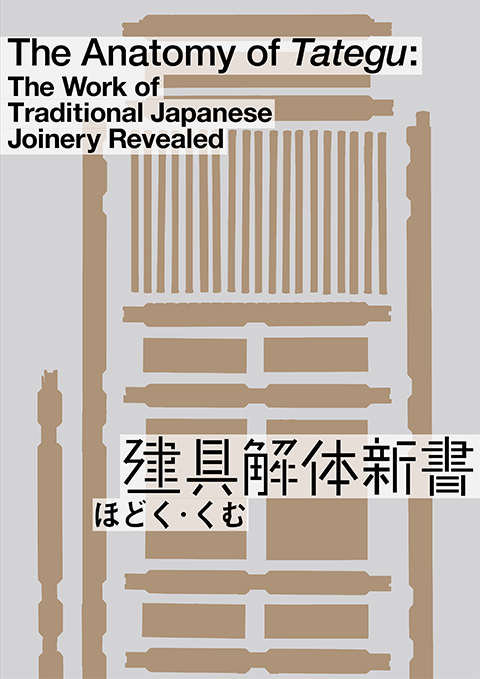
企画展 建具解体新書 ほどく・くむ
3,300円 A4版 96P

企画展 建具解体新書 ほどく・くむ
在庫なし・再販予定なし
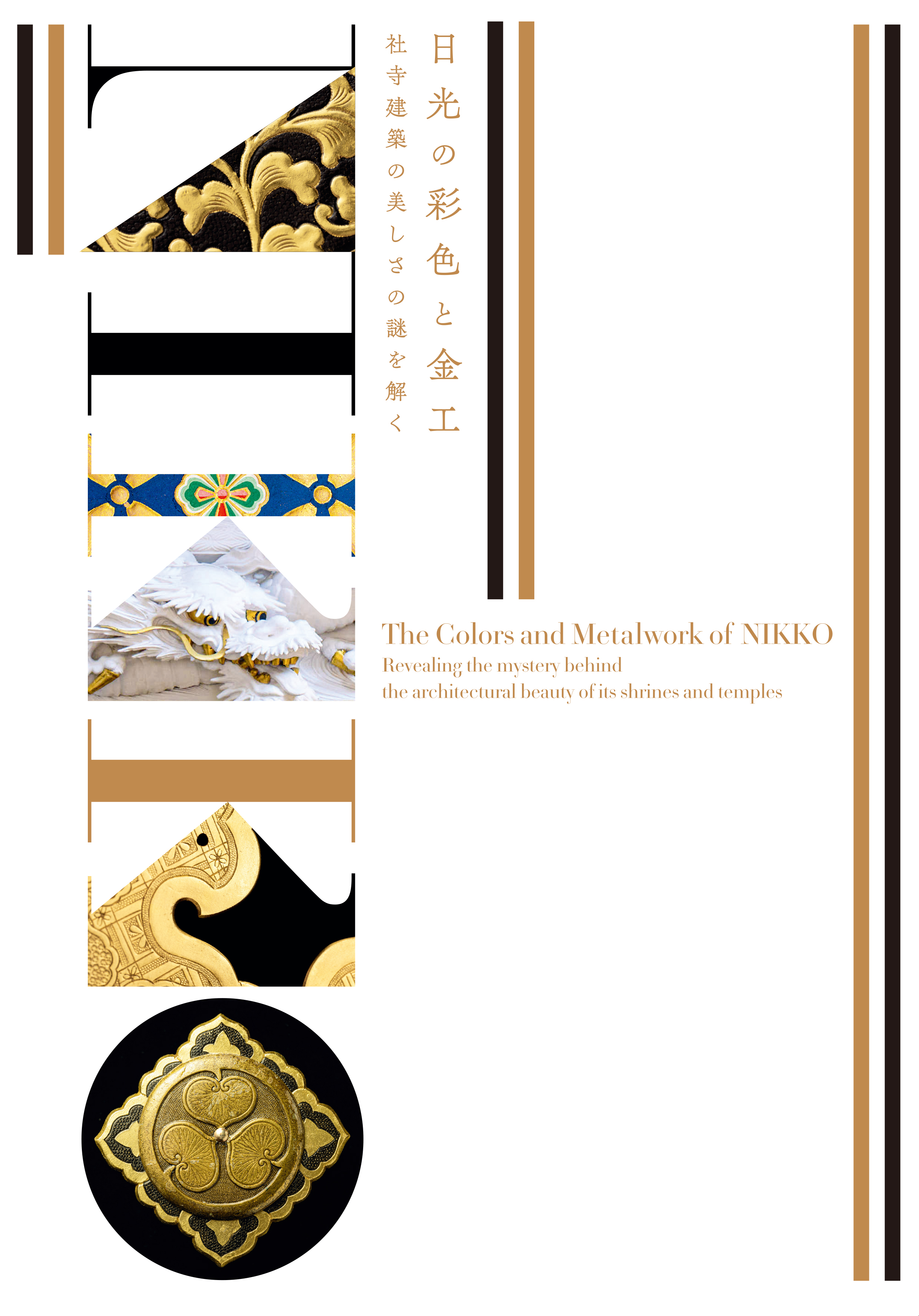
企画展 日光の彩色と金工 社寺建築の美しさの謎を解く
3,500円 A4版 124P

企画展 日光の彩色と金工 社寺建築の美しさの謎を解く
-目次-
ごあいさつ
展覧会によせて
〈総論〉
ユネスコ無形文化遺産「伝統建築工匠の技」と世界遺産「日光の社寺」| 船戸輝久
〈図版〉
日光の漆塗・彩色
塗直しと同時に技術伝承されてきたこと。| 手塚茂幸インタビュー
漆は万能の天然材料。| 廣田浩一インタビュー
浄法寺の漆掻き
きれいな仕事が、いい漆を採る。| 工藤竹夫インタビュー
縁付金箔製造
私たちの世代は「種蒔き」をして、息子たちの世代が刈り取る。| 松村謙一インタビュー
日光の金工
日光の錺金具にはすべての技法が残っている。| 鈴木正男インタビュー
東照宮陽明門組物模型
〈論稿〉
日光の建造物保存の道のり | 浅尾和年
日光東照宮の建築意匠と装飾技術 | 窪寺茂
〈資料編〉
[資料編 A]「伝統建築工匠の技」一覧
[資料編 B]「伝統建築工匠の技」に関するユネスコ政府間委員会決議文
[資料編 C]世界遺産「日光の社寺」建造物一覧
展示品リスト
参考文献・展覧会概要
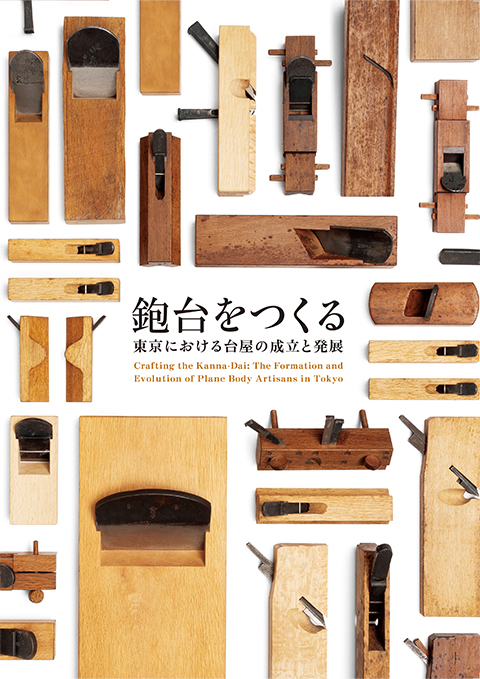
企画展 鉋台をつくる 東京における台屋の成立と発展
2,500円 A4版 80P
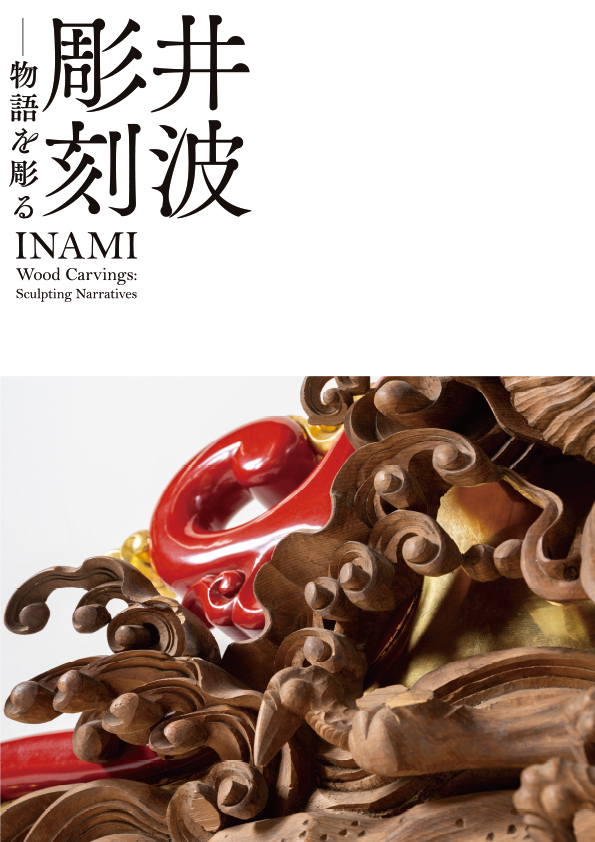
企画展 井波彫刻 -物語を彫る
2,500円 A4版 124P

企画展 井波彫刻 -物語を彫る
目次
ごあいさつ
井波の彫刻大工│日向 進
【寺院の彫刻】
コラム1:瑞泉寺の彫刻│賀古唯義
【祭りの彫刻】
コラム2:曳山に刻まれた物語―八尾町諏訪町曳山見越彫刻│安田徹也
【和室の彫刻】
コラム3:菊水楼と川原啓秀│花内友樹
[インタビュー] 彫り物の技に迫る―彫刻欄間づくり―│安田徹也
井波彫刻の担い手と支えた人たち│長谷川総一郎
開催概要│映像作品│参考文献
在庫なし・再販予定なし
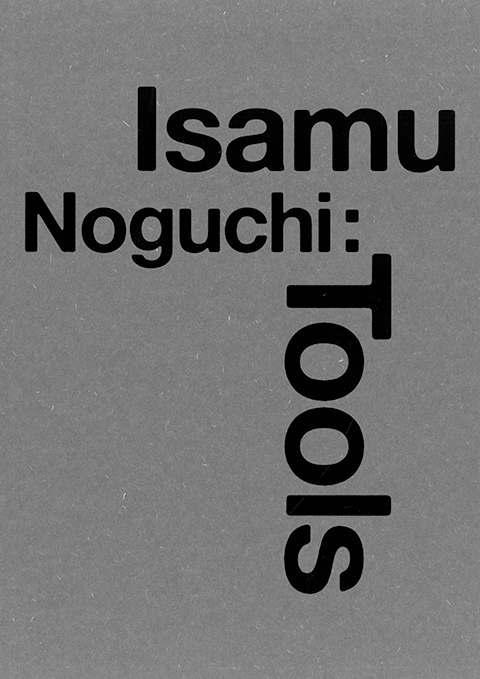
企画展 イサム・ノグチ TOOLS
2,000円 A4版 72P

企画展 イサム・ノグチ TOOLS
《目次》
ごあいさつ
イサム・ノグチと道具
木工具
石彫の道具
陶芸の道具
様々な道具
光の彫刻〈あかり〉
研究資料
「ブルドーザーでも、あるいは石工でも」―イサム・ノグチが考える彫刻家の道具|デーキン・ハート
イサム・ノグチの日本製木工具について|坂本忠規
物語はつづく―イサム・ノグチの道具たち―|倉島美和子
参考文献|写真撮影|開催概要
在庫なし・再販予定なし
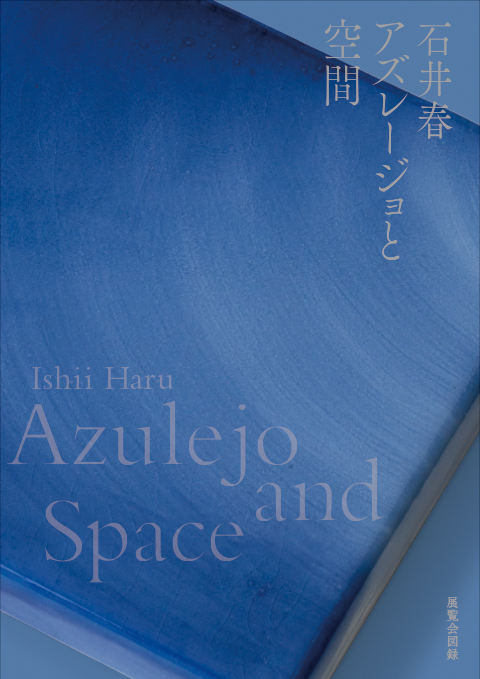
企画展 石井春 アズレージョと空間
1,200円 A4版 40P

企画展 石井春 アズレージョと空間
《目次》
作品図版
石井春 ポルトガルの光の再現
ポルトガルとアズレージョ
|インタビュー|石井春さんにきく
開催概要|映像作品|参考文献
※ご購入をご希望の方は、<通信販売>のページよりお申し込みください。
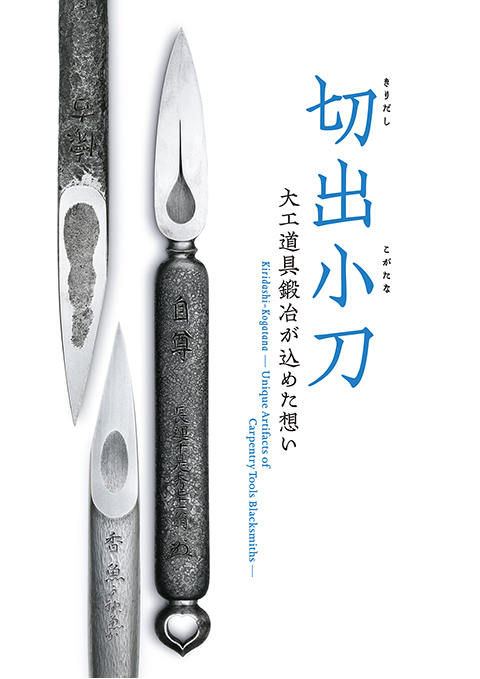
企画展 切出小刀 ―大工道具鍛冶が込めた想い
1,300円 A4版 54P

企画展 切出小刀 ―大工道具鍛冶が込めた想い
《目次》
ごあいさつ
切出小刀とは?
大工道具鍛冶・千代鶴是秀の切出小刀
[解説] 実用切出と非実用の美|土田 昇
インタビュー① 井上武に聞く 刀剣鍛冶・藤原良明
受け継ぎし者たちの切出小刀
インタビュー② 小刀専門鍛冶に聞く 切出小刀作り
開催概要|映像作品|参考文献
在庫なし・再販予定なし
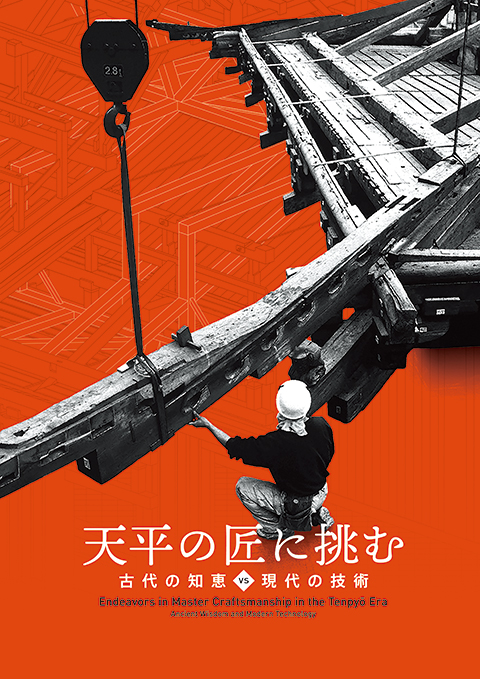
企画展 天平の匠に挑む ―古代の知恵vs現代の技術
1,000円 A4版 40P

企画展 天平の匠に挑む ―古代の知恵vs現代の技術
《目次》
ごあいさつ
[対談]天平の匠に挑む 古代の知恵VS現代の技術|鈴木 嘉吉×長瀬 正
天平文化と建築
ヒノキが千年もつのは本当か?
[コラム]古代のヒノキを科学する|横山 操
木造なのに倒れないのはなぜ?
[コラム]古代を解く―唐招提寺金堂の構造補強|長瀬 正
当初は鮮やかに彩られていた?
[コラム]唐招提寺金堂正面扉にみる彩色文様|大山 明彦
天平の甍に挑む
唐招提寺金堂 解体修理の記録
開催概要|映像作品|参考文献
在庫なし・再販予定なし
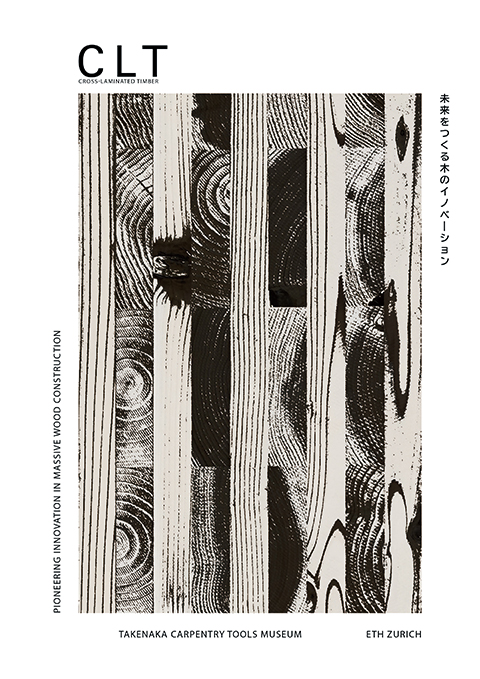
企画展 CLT ー未来をつくる木のイノベーション
500円 A4版 104P

企画展 CLT ー未来をつくる木のイノベーション
《目次》
ご挨拶 / 西村 章
CLT:シンプルさと複雑さの間で / アンドレア・フランギ
日本におけるCLTの後期開発(最先端技術)について / 腰原 幹雄
直交集成板(CLT)の系譜学 / パトリック・H・フレミング
ルドルフ&エスター・ゴヤーへのインタビュー / パトリック・H・フレミング
ピウス・シューラへのインタビュー / パトリック・H・フレミング
カール・モーザーへのインタビュー / パトリック・H・フレミング
展覧会概要、映像作品、制作協力、参考文献
*ETH Libraryより無料ダウンロードいただけます。(Full Text PDF, 25.77Mb)
≫https://doi.org/10.3929/ethz-b-000501861
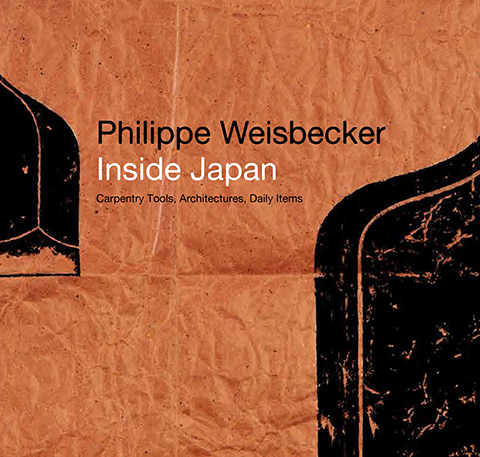
企画展 フィリップ・ワイズベッカーが見た日本 ―大工道具、たてもの、日常品
1,700円 20×21cm 142P

企画展 フィリップ・ワイズベッカーが見た日本 ―大工道具、たてもの、日常品
《目次》
ごあいさつ
メッセージ:フィリップ・ワイズベッカー
大工道具
木材
畳
たてもの
トラック
柵
日常品
Furniture
Collections
フィリップ・ワイズベッカー プロフィール
展覧会概要
在庫なし・再販予定なし
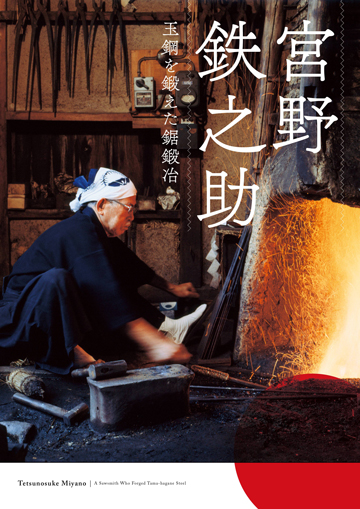
企画展 宮野鉄之助 玉鋼を鍛えた鋸鍛冶
800円 A4版 20P

企画展 宮野鉄之助 玉鋼を鍛えた鋸鍛冶
《目次》
ごあいさつ
遠藤四方斎朝也の鋸について 土田昇
宮野平次郎
初代宮野鉄之助
二代目宮野鉄之助
鋸以外の作品
宮野家の書画作品
宮野鉄之助に連なる鋸鍛冶
宮野鉄之助の鍛冶道具
玉鋼による鋸の製作工程
在庫なし・再販予定なし

企画展 アイノとアルヴァ 二人のアアルト 建築・デザイン・生活革命 木材曲げ加工の技術革新と家具デザイン
500円 20×21cm 34P2020
¥500, 20×21cm, 34pages

企画展 アイノとアルヴァ 二人のアアルト 建築・デザイン・生活革命 木材曲げ加工の技術革新と家具デザイン
《目次》
ご挨拶
アイノとアルヴァ 二人のアアルト
二人のアアルトが目指した家具
アアルトが遺したもの
木材曲げ加工の技術革新
アアルトの木製レリーフ: 形態、技術、家具
アルテックの物語
人間への深い洞察力で建築空間と家具をトータルコーディネートしたアアルト建築の始まり
暮らしの中の実験を通してデザインを進化させる
アアルトの年表
在庫なし・再販予定なし
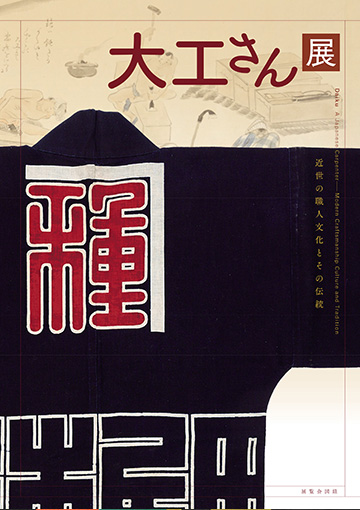
企画展 大工さん展 近世の職人文化とその伝統
1,000円 A4版 32P

企画展 大工さん展 近世の職人文化とその伝統
《目次》
大工さんとは?
江戸時代の大坂大工
九尺二間の裏長屋
落語で知る大工の世界
大工のコスチューム
出職の世界
徒弟奉公
大工の教科書
古文書にみる大工棟梁の仕事
晴れ舞台
絵の中の大工さん
大工の看板道具
在庫なし・再販予定なし
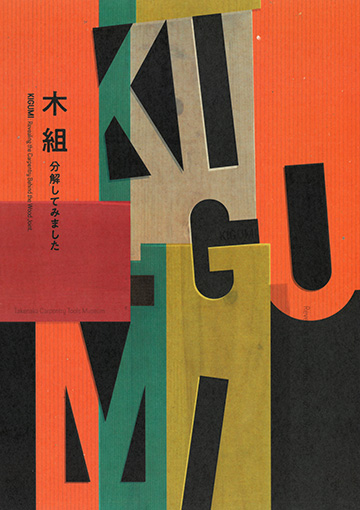
企画展 木組 分解してみました
3,000円 A4版 130P

企画展 木組 分解してみました
《目次》
[総論] 木組―木と木をつなぐ知恵と技
〈図版〉
継手、仕口ってなに?
手仕事で木組の家をつくる|阿保昭則インタビュー
積み上げる。
堂宮の木組をつくる|前田世貴インタビュー
西洋のかたち。
フランス大工のギタード|パトリック・ムーア(実践的ステレオトミー専門学校教授)
指物
清雅な美をつくる指物の技|須田賢司インタビュー
組子
技を継ぐということ|横田栄一インタビュー
大きくするには。
木でアーチを組む|海老崎粂次インタビュー
不思議な木組
〈論稿〉
木組・大工・道具―その発達の歴史を追う― |坂本忠規
日本の木組― 多様性編 民家の木組― |安田徹也
組物とはなにか―日韓の比較から見えてくるもの― |崔ゴウン
ステレオトミーの専門技術と科学知識 ―ラーデュトゥレ(L’Art du Trait)|パトリック・ムーア(実践的ステレオトミー専門学校教授)
参考文献
展覧会概要
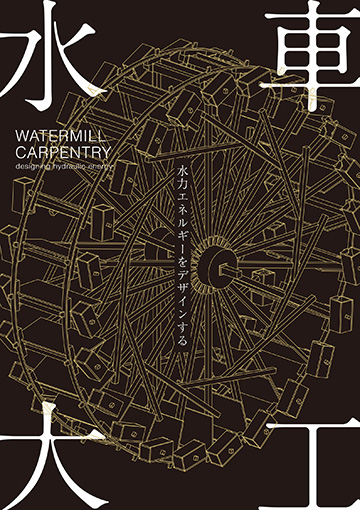
水車大工 水力エネルギーをデザインする
800円 A4版 32P

水車大工
木製機械の水車には、建築とは違う様々なノウハウがあります。水車大工が受け継いだそれらの技を紹介します。
《目次》
ごあいさつ
水車の歴史
揚水水車
踏車
動力水車
水輪に使う木
水車を作る道具
トピックス:動力水車の水輪の設計
動力水車の水輪の作り方
歯車
杵と搗臼
挽臼
トピックス:作業機の設計
四国の水車の例:高原水車
大きさへの挑戦
水車の可能性
在庫なし・再販予定なし

企画展 SOMA 日本の森と素木の家具
1,000円 A5版 60P

企画展 SOMA 日本の森と素木の家具
岐阜県美濃加茂市にアトリエを構える川合優氏が率いるライフスタイルブランド「SOMA」の活動とそのベースにある森や木を愉しむ術を紹介します。
《目次》
はじめに
木の読み方
木と暮らす
自然に還る
対談 森との再会
おわりに
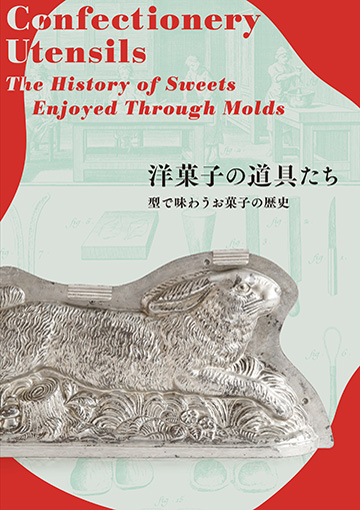
企画展 洋菓子の道具たち 型で味わうお菓子の歴史
800円 A4版 40P

企画展 洋菓子の道具たち 型で味わうお菓子の歴史
エーデルワイスミュージアム所蔵の貴重な資料の中から、型を中心に菓子容器や、現代のパティシエがつくり出す最高峰の工芸菓子「ピエスモンテ」を紹介します。
《目次》
ご挨拶
ごあいさつ
はじめに
メッセージ
コラム|洋菓子に道具
洋菓子年表
ワッフルの型
スペキュロスの型
チョコレートの型
クグロフの型
ピエスモンテ
解説|歴史上もっとも偉大な料理人にしてパティシエ
インタビュー|菓子作りの原点
キャンディーの型
菓子容器
在庫なし・再販予定なし
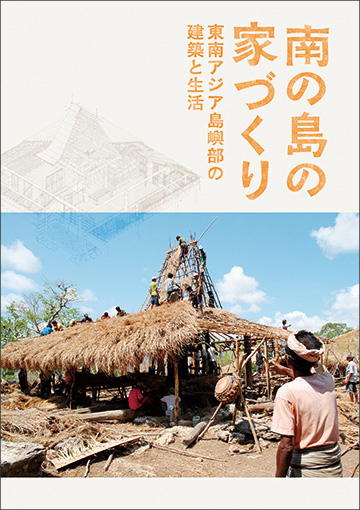
南の島の家づくり 東南アジア島嶼部の建築と生活
1,000円 A4版 54P
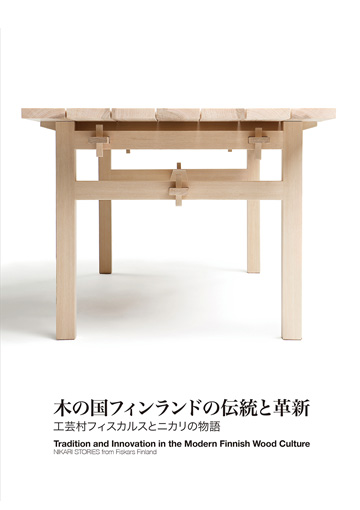
木の国フィンランドの伝統と革新 工芸村フィスカルスとニカリの物語
500円 A4版 53P

木の国フィンランドの伝統と革新
北欧家具を代表するニカリ社とあわせて、フィスカルス村に暮らして創作に励み、ニカリ社と歴史を共有する工芸家やデザイナーを紹介します。
《目次》 ・ご挨拶
・目次
・はじめに
・フィンランドデザインとフィスカルス・ヴィレッジ
・展覧会概要
・作家紹介
カリ・ヴィルタネン
永野智士
ルディ・メルツ
ニカリ協力デザイナー
ヘイッキ・アスカ
アントレイ・ハルティカイネン
ペトリ・コイヴシピラ
ミンヤ・コルホマイネン
ラウラ・マッティラ / ミッコ・メルツ
トゥーリア・ペンティッラ
マッティ・ソデルクルタラハティ
在庫なし・再販予定なし
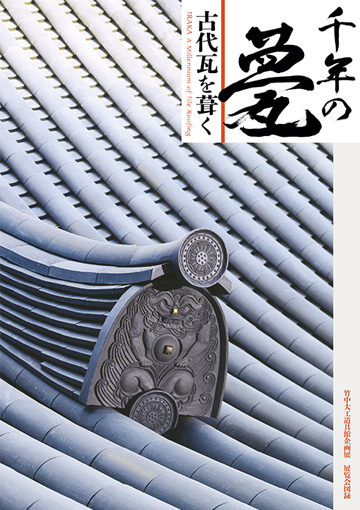
企画展 千年の甍 古代瓦を葺く
1000円 A4版 63P

企画展 千年の甍 古代瓦を葺く
建築という切り口から瓦を読み解き、瓦職人の知恵と技を紹介します。
《目次》
・第1章 千年の甍
・日本の古建築と瓦屋根 鈴木嘉吉
・コラム 法隆寺の瓦大工「橘吉重」 上原真人
・第2章 古代瓦をつくる
・コラム 古代の鬼瓦 岩戸晶子
・第3章 古代瓦を葺く
・コラム 日本の瓦と世界の瓦 大脇潔
・瓦大工・山本清一氏インタビュー
・開催概要/映像作品/参考文献
在庫なし・再販予定なし
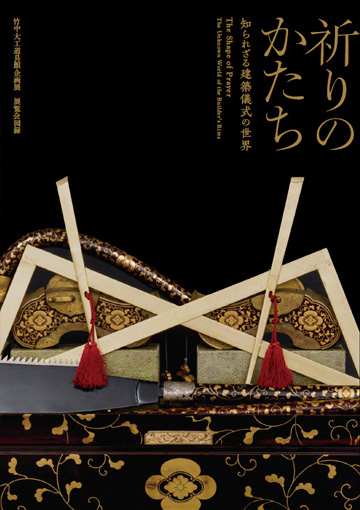
祈りのかたち 知られざる建築儀式の世界
500円 A4版 44P

祈りのかたち
残された文献絵画資料と儀式用具からその意味を読み解きます。
《目次》
・│解説│建築と儀式―造営に込めた願いとその表現
・神宮式年遷宮の儀式
・儀式の種類と変化
・描かれた建築儀式
・│解説│大工の祖神について
・建築の神々―大工の信仰
・奉献酒のかたち
・由緒の継承―儀式巻物の世界
・│解説│福島県奥会津地方の建築儀礼と番匠巻物
・大地への祈り
・│解説│大隅流祭式の流儀
・匠の神への祈り
・永遠の祈り
・│解説│幣串のかたち
・熊さん上棟式に行く
在庫なし・再販予定なし
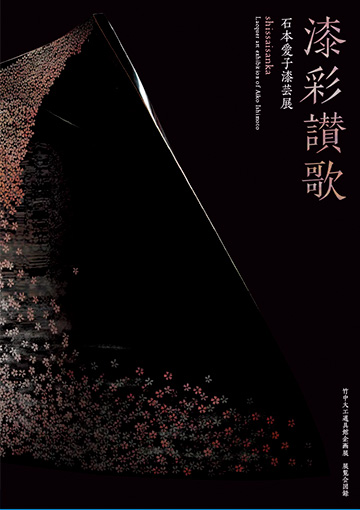
漆彩讃歌 石本愛子漆芸展
300円 A4版 26P

漆彩讃歌
長野・木曽平沢で活躍する漆芸家・石本愛子。沈金の伝統技法をもとにした独自の手法「伏漆彩沈金技法」による作品の制作工程解説、漆工芸の概説の他、作品31点および制作道具を掲載しています。
《目次》
・展示品紹介
・漆・ウルシ・漆の器(加藤寛)
・伏漆彩沈金技法の工程
・展覧会概要
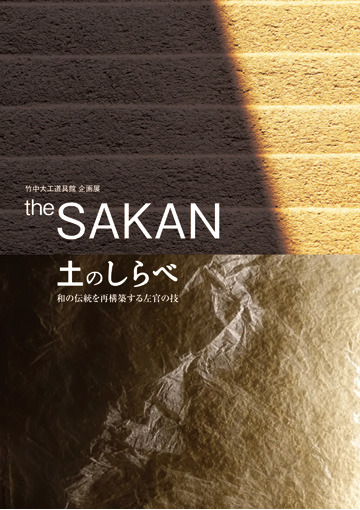
土のしらべ 和の伝統を再構築する左官の技
300円 A4版 32P

土のしらべ
さまざまな要素を複合させて可能性をひろげる左官。展覧会の作品や道具とその歴史などについて解説します。
《目次》
・「左官」とは
・「土のしらべ-和の伝統を再構築する左官の技」展作品紹介
・「the SAKAN-継承と革新」展作品紹介
・左官小史
・壁の仕様と鏝の歴史
・久住章の鏝
・榎本新吉の左官仕事-東京左官の粋
・映像作品解説/展覧会概要
在庫なし・再販予定なし
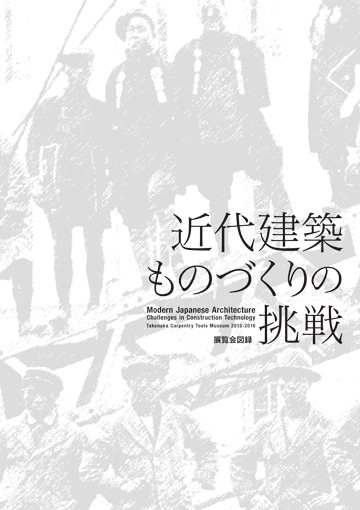
企画展 近代建築 ものづくりの挑戦
1000円 A4版 112P

企画展 近代建築 ものづくりの挑戦
幕末・明治期の木造・煉瓦造から、昭和戦前の鉄骨造・鉄筋コンクリート造まで、日本の近代建築の歴史をものづくりの視点から振り返ります。
《目次》
ものづくりの近代建築史 (藤森照信)
第1章 建築の文明開化 ─ 棟梁とお雇い外国人の時代
成熟する在来技術 ─ 江戸時代の棟梁
棟梁、洋風に挑む ─ 擬洋風建築の誕生
TOPICS 棟梁から請負業へ ― 近代建設業の黎明
洋風木造建築の手法 ─ 下見板と洋小屋
煉瓦をつくる、煉瓦を積む―新材料への挑戦
第2 章 歴史主義との格闘 ─ 建築家と請負業の登場
日本人建築家の誕生 ─ コンドルとその教え子たち
進化する煉瓦造 ─ 意匠化と耐震化
TOPICS 起業家と建設業
建設業の近代化 ─ 会社組織化と設計部門の設立
コラム 建設会社設計部が拓いた世界 (石田潤一郎)
第3章 鉄とコンクリート ─ 技術革新が建築を変える
鉄の建築の時代へ ─ 遅れて登場した近代建築のシンボル
TOPICS 関東大震災の衝撃
人力から機械力へ ─ 合理化と施工技術の進歩
鉄筋コンクリートの導入 ─ 地震国に適した新構造の登場
タイルとテラコッタの流行 ─ コンクリート時代の外装材
コラム 鉄筋コンクリート造時代のタイルとテラコッタ (酒井一光)
歴史主義の到達点 ─ 明治生命館にみる設計・施工技術の進歩
コラム 日本の近代建築の曙に何が見えるか(中川武)
近代建築関連年表/参考文献/映像作品/展覧会概要
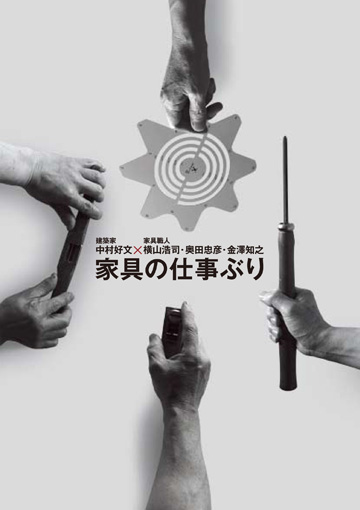
建築家×家具職人
コラボレーション展
家具の仕事ぶり
700円 A5版 46P

建築家×家具職人
<目次>
中村好文 阿吽のコラボレーション
横山浩司
奥田忠彦
金澤知之
在庫なし・再販予定なし
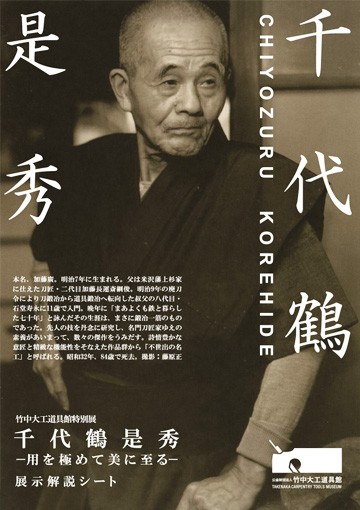
特別展
千代鶴是秀
-用を極めて美に至る-
A4版 6頁

特別展
千代鶴是秀
-用を極めて美に至る-
特別展
千代鶴是秀
-用を極めて美に至る-
千代鶴是秀をめぐる人物紹介や展示品60点の解説、千代鶴是秀最後の手紙の翻刻文を収録しています。
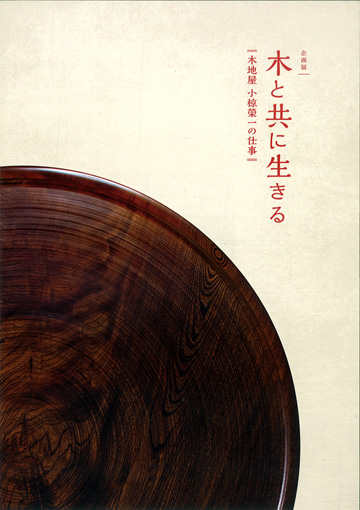
企画展 木と共に生きる —木地屋 小椋榮一の仕事—
200円 A4版 24p
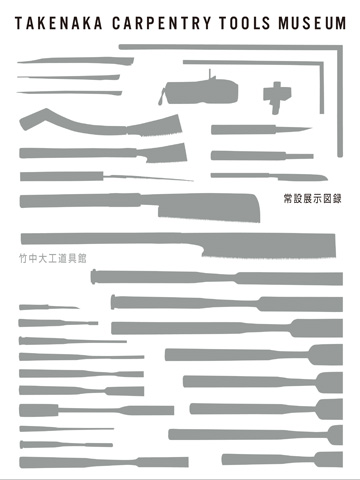
常設展示図録
3,000円 A4版 192P

常設展示図録
<目次>
歴史の旅へー日本建築をつくった道具
棟梁に学ぶー堂宮大工の技と心
道具と手仕事―ものづくりを支えた道具の知恵
世界を巡るー道具が語る文化の多様性
和の伝統美―手道具がうみだす究極の造形
名工の輝き-用を極めて美に至る
木を生かすー樹から材へ
※ご購入をご希望の方は、<通信販売>のページよりお申し込みください。
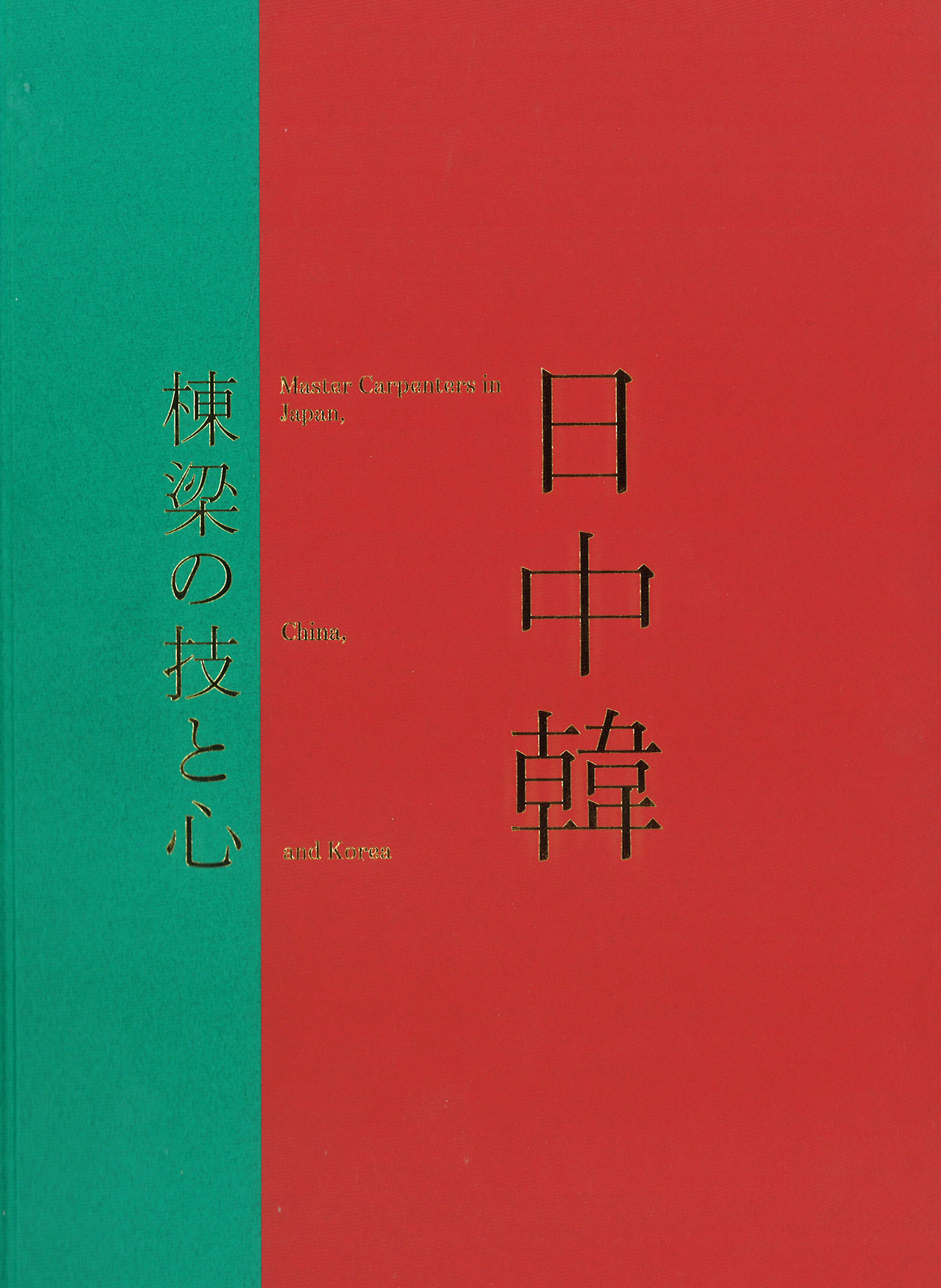
開館30周年記念巡回展
日中韓 棟梁の技と心
1000円 B5版 192P

開館30周年記念巡回展
日中韓 棟梁の技と心
紫禁城、景福宮、薬師寺という東アジアを代表する建築。その建築をつくりあげる中国、韓国、日本の三人の棟梁の技と心について解説しています。さらに各国の棟梁の歴史、大工道具、設計の技について専門家による論考も掲載しました。
◆目次
・ごあいさつ
・日本の建築技術と意匠 -中国・韓国との比較から 藤井恵介
◆図版編
〔中国の大木匠師〕
・李永革 -故宮に受け継がれる宮殿建築の技
・解説 最高級の木
〔韓国の大木匠〕
・申鷹秀 -韓国宮殿美を蘇らせる
・解説 上棟の儀式
〔日本の棟梁〕
・小川三夫 -古代工匠の技と心を伝える
◆ 論考編
・官式古建築営造技芸 -北京故宮大木作を中心に- 李永革・王儷穎
・中国伝統大工道具の種類と特徴 李湞
・韓国の宮殿建築と大木匠 -千年の宮殿を建てるためには千年の木が必要- 申鷹秀
・朝鮮王朝における大木匠の歴史 金東旭
・韓国の伝統建築道具 李王基
・江戸時代の大工と大工道具 西和夫
詳細な情報は>>>こちら
※ご購入をご希望の方は、<通信販売>のページよりお申し込みください。
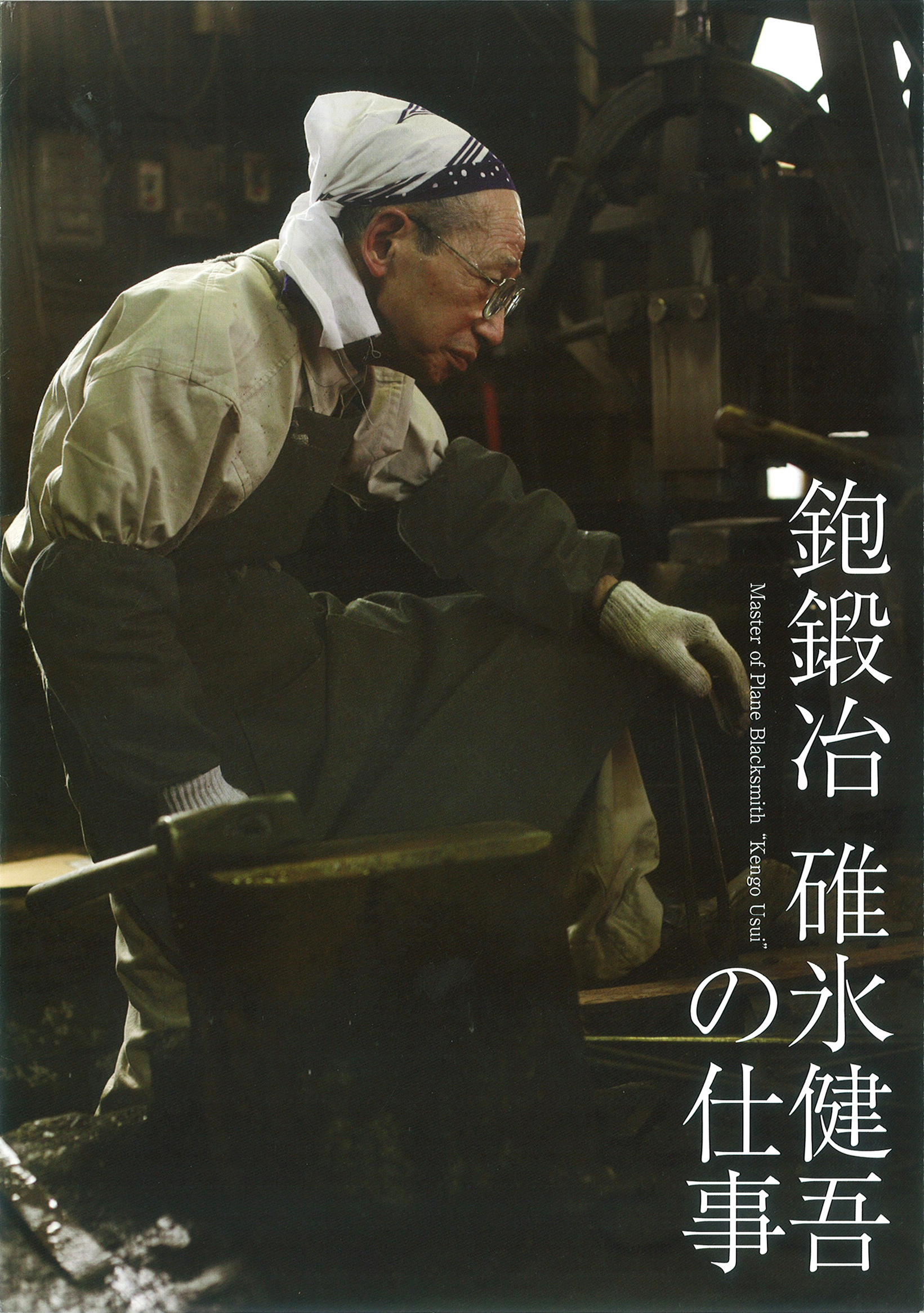
平成25年度企画展 鉋鍛冶 —碓氷健吾の仕事—
A4版 8P

平成25年度企画展 鉋鍛冶 —碓氷健吾の仕事—
2013年8月6日発行 A4版 8p
鉋づくりに人生を捧げた新潟県与板の鍛冶・碓氷健吾(1928〜2012)の工房と鉋製作工程、そして鉋を通じた人との出会いについて解説しています。
・碓氷健吾略歴
・工房
・鉋製造工程
・人との出会い
在庫なし・再販予定なし
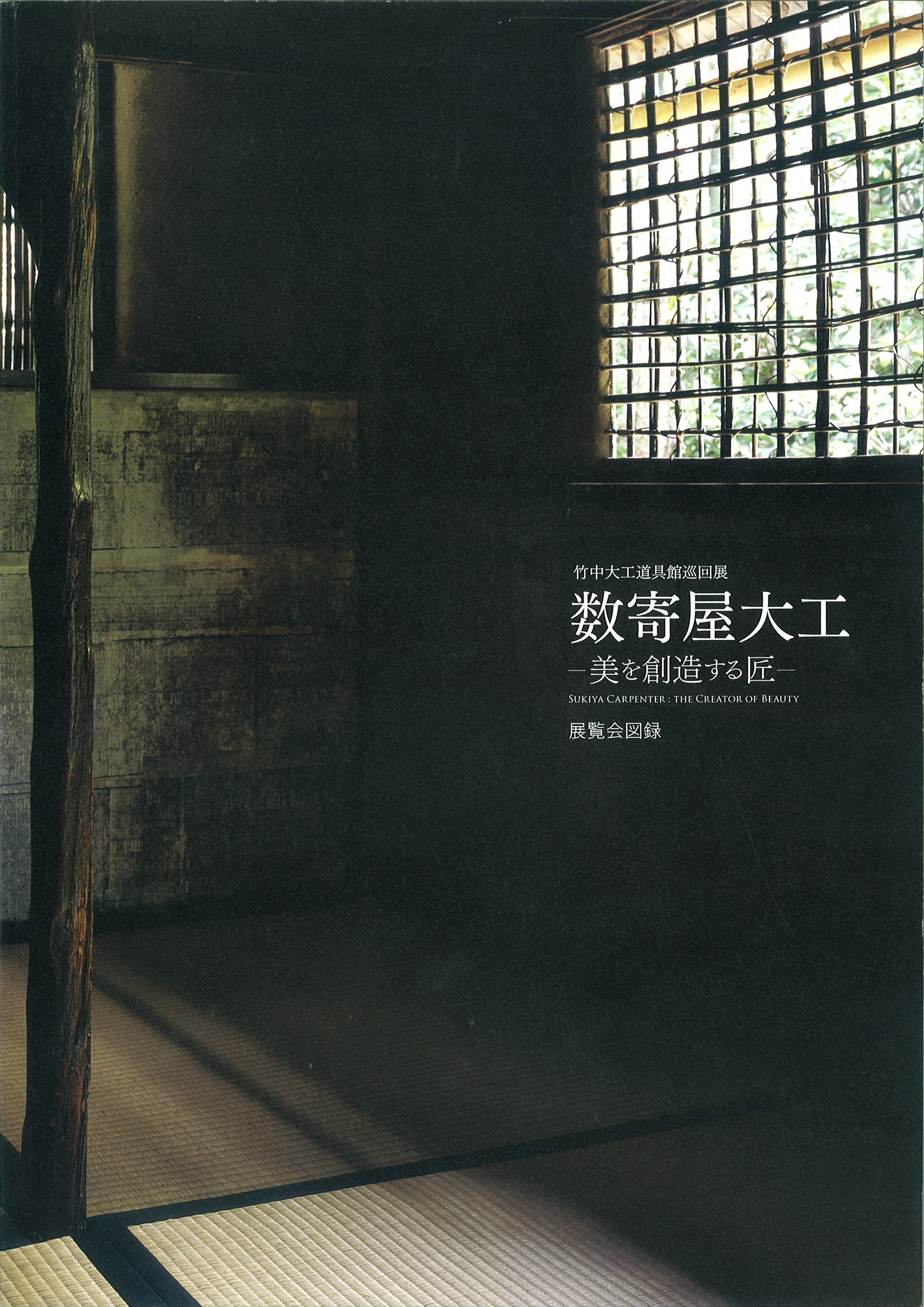
平成24年度巡回展 数寄屋大工 —美を創造する匠—
1,000円 A4版 90P

平成24年度巡回展 数寄屋大工 —美を創造する匠—
研ぎ澄まされた職人達の美意識と技が凝縮されている数寄屋建築。その建築を創り上げる数寄屋大工の技と心について解説しています。数寄屋大工と建築の歴史をはじめ、こだわりの材料選びから繊細なディテール、そして名工と呼ばれた数寄屋大工を紹介しています。
・茶室解体新書 〜数寄屋建築のつくり方〜
・数寄のディテール 〜繊細なるテクノロジー〜
・数寄屋大工列伝 〜名工が残したもの〜
※ご購入をご希望の方は、<通信販売>のページよりお申し込みください。
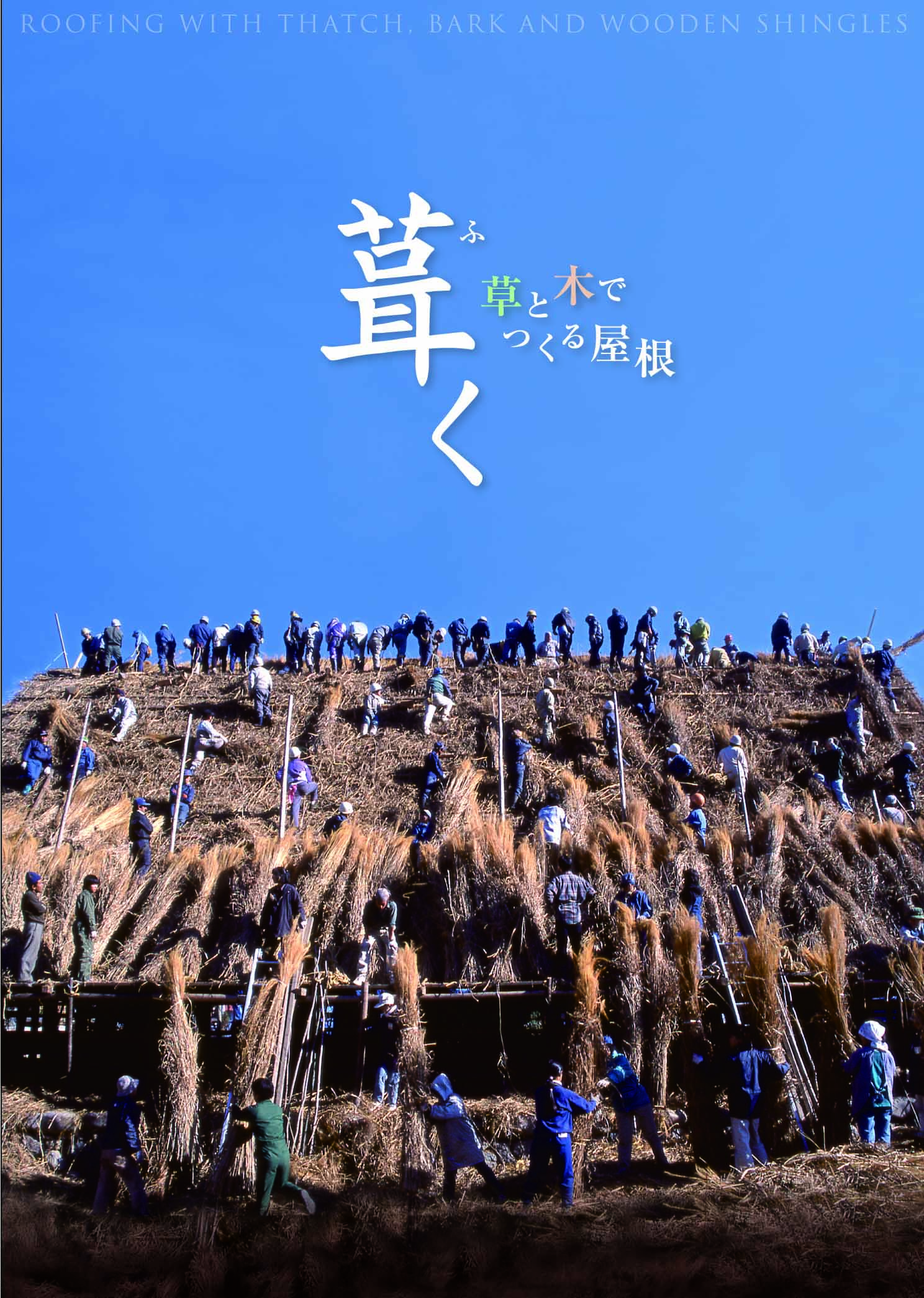
平成23年度企画展 葺く —草と木でつくる屋根—
100円 A4版 28P

平成23年度企画展 葺く —草と木でつくる屋根—
草でつくる「茅(かや)葺き」、ヒノキの樹皮を重ねる「檜皮(ひわだ)葺き」、薄く割った板を重ねる「杮(こけら)葺き」を中心に、それぞれの材料、道具、葺き材の作り方、葺き方などをわかりやすく紹介しました。
・日本の屋根 ・茅葺き
・檜皮葺き ・杮葺き
・世界の屋根
在庫なし・再販予定なし
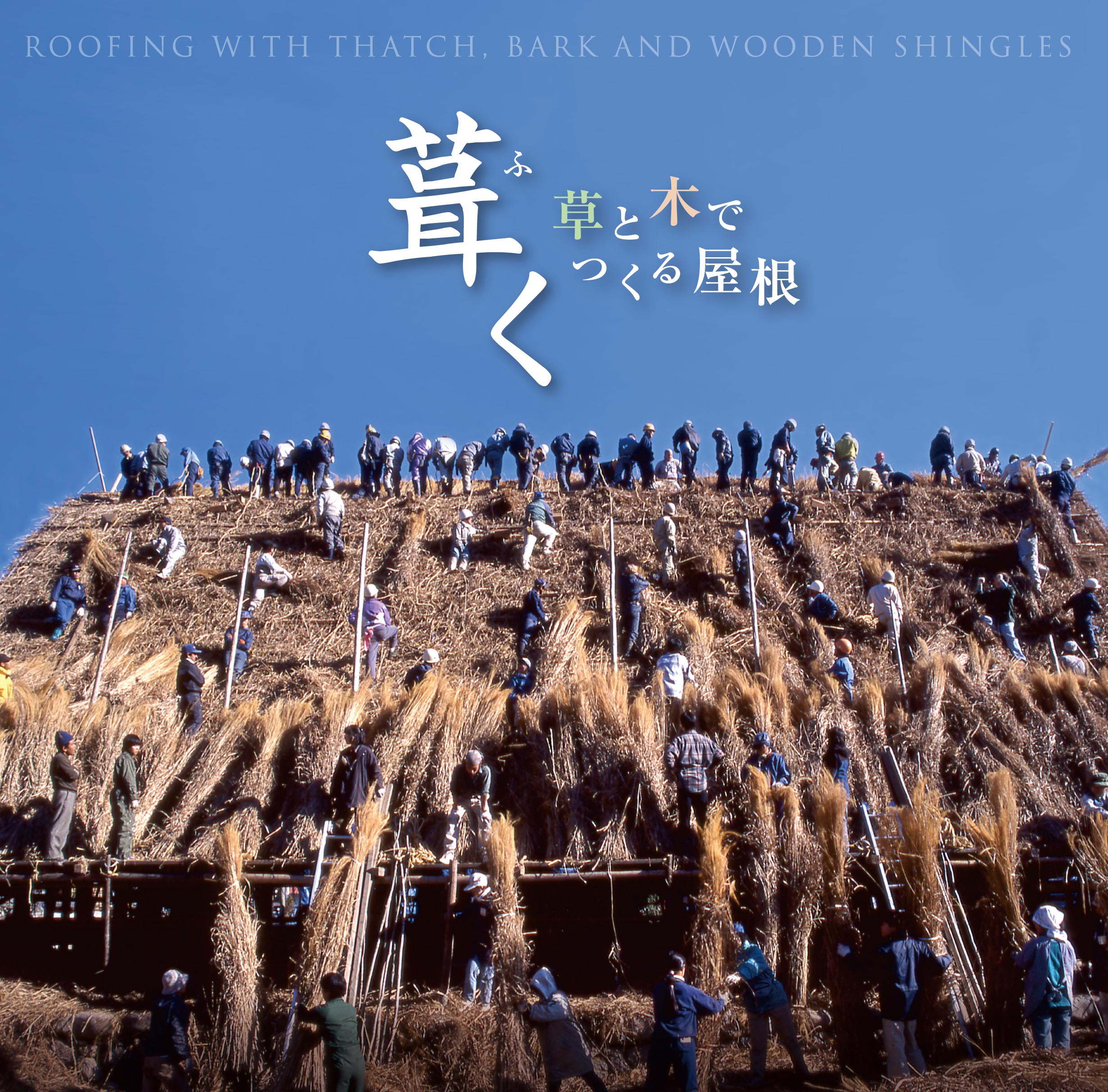
平成23年度東京企画展 葺く —草と木でつくる屋根—
21cm×20cm 28P

平成23年度東京企画展 葺く —草と木でつくる屋根—
平成23年度企画展の東京会場版です。
・日本の屋根 ・茅葺き
・檜皮葺き ・杮葺き
・世界の屋根
在庫なし・再販予定なし
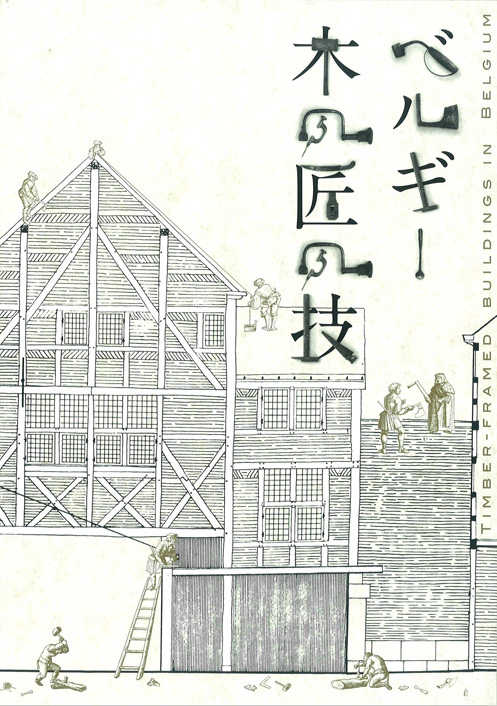
平成23年度企画展 ベルギー木の匠の技
A4版 16P

平成23年度企画展 ベルギー木の匠の技
ベルギー南部のワロン地方の建築を中心に、隣接する地域も交えながら、幅広くヨーロッパの木造建築と技術について解説しています。
・ワロン地方の木造建築
・木造建築の伝統技術
在庫なし・再販予定なし
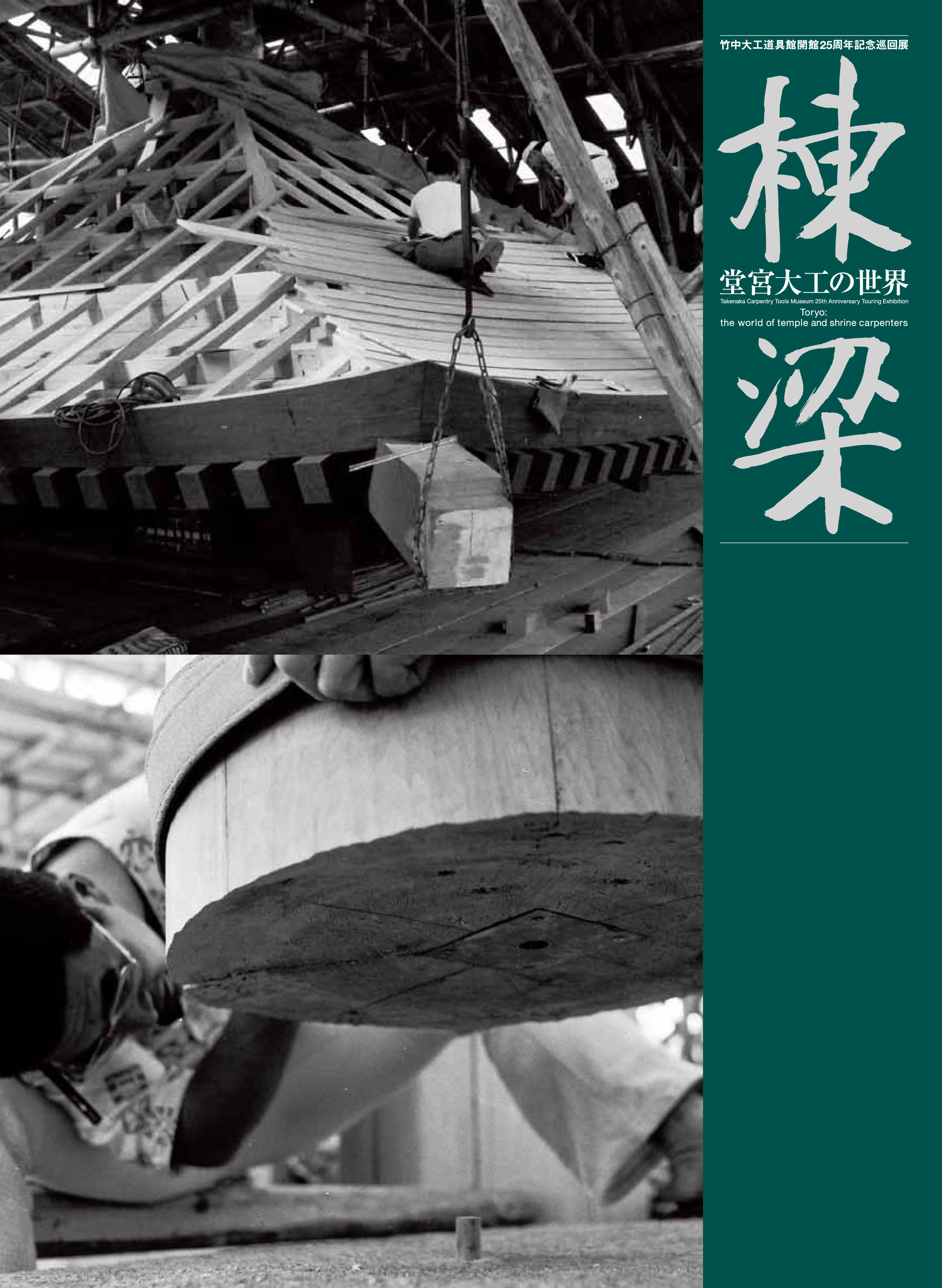
開館25周年記念巡回展 棟梁 —堂宮大工の世界—
100円 A4版 36P

開館25周年記念巡回展 棟梁 —堂宮大工の世界—
鍛え抜かれた技と心をもって職人集団を束ね、数百年の風雪に耐える寺院や神社を築きあげる堂宮の大工棟梁。その堂宮大工棟梁の歴史や仕事について迫力ある模型や図面、使い古された道具など普段見ることのできない貴重な資料を用いて紹介しました。
・ 堂宮大工とは-時代を超えて受け継ぐ-
・ 修行-棟梁への道- ・ 設計-計画を練る-
・ 墨掛-棟梁の美意識-・ 刻み-切れる刃物と工人の想い-
・ 木組み-木を長く生かすこと- ・ 式祭-祈りを捧げる-
・ 道具-大工の魂-・ 五意達者-桃山時代の大工の理想像-
・ 堂宮大工の歴史-伝説の棟梁-
在庫なし・再販予定なし
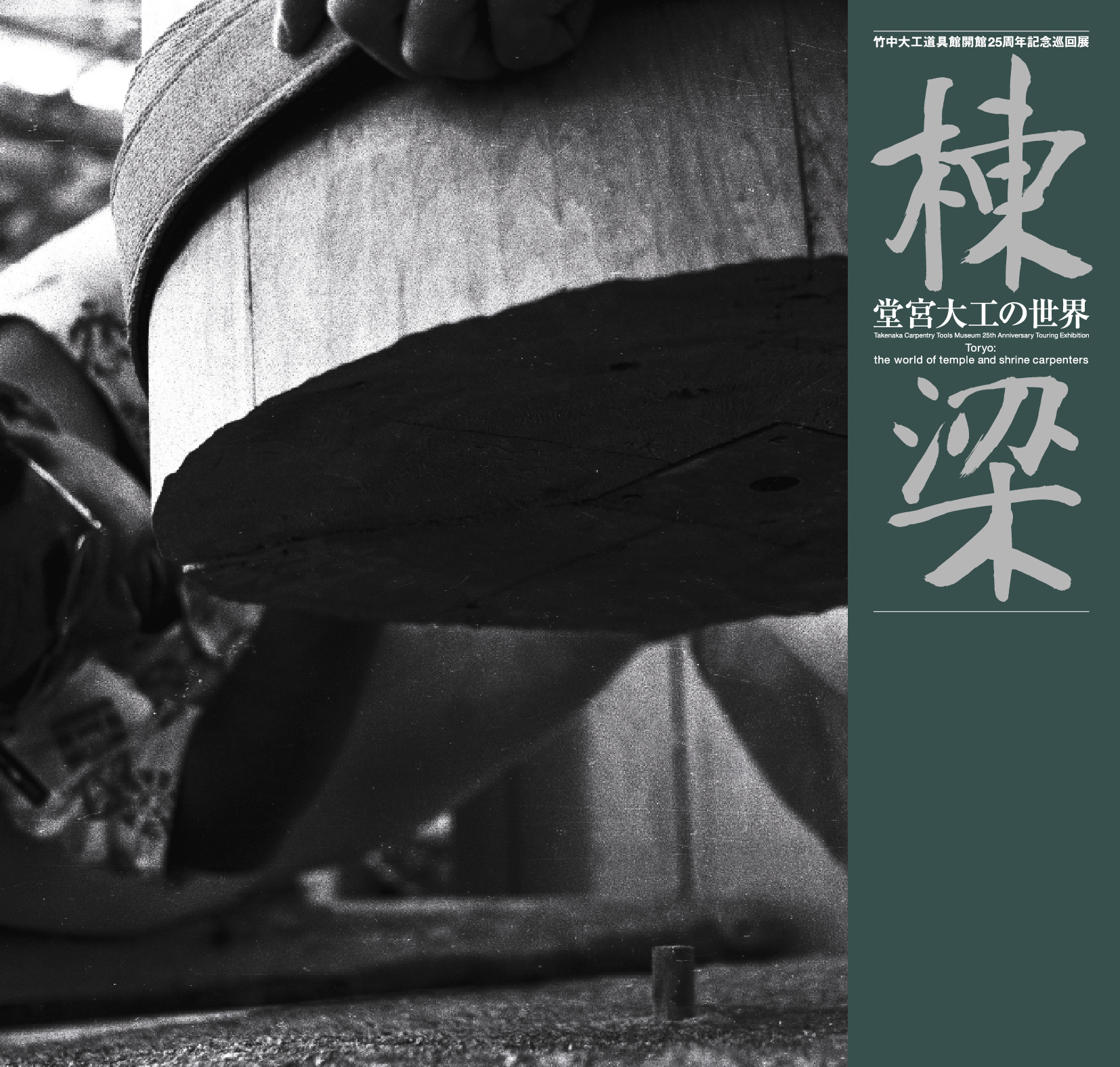
開館25周年記念巡回展(東京) 棟梁 —堂宮大工の世界—
21cm×20cm 28P

開館25周年記念巡回展(東京) 棟梁 —堂宮大工の世界—
巡回展図録の東京会場オリジナルエディションです。写真中心の構成になっています。
・ 堂宮大工とは-時代を超えて受け継ぐ-
・ 修行-棟梁への道- ・ 設計-計画を練る-
・ 墨掛-棟梁の美意識-・ 刻み-切れる刃物と工人の想い-
・ 木組み-木を長く生かすこと- ・ 式祭-祈りを捧げる-
・ 道具-大工の魂-
在庫なし・再販予定なし
企画展
刊行物